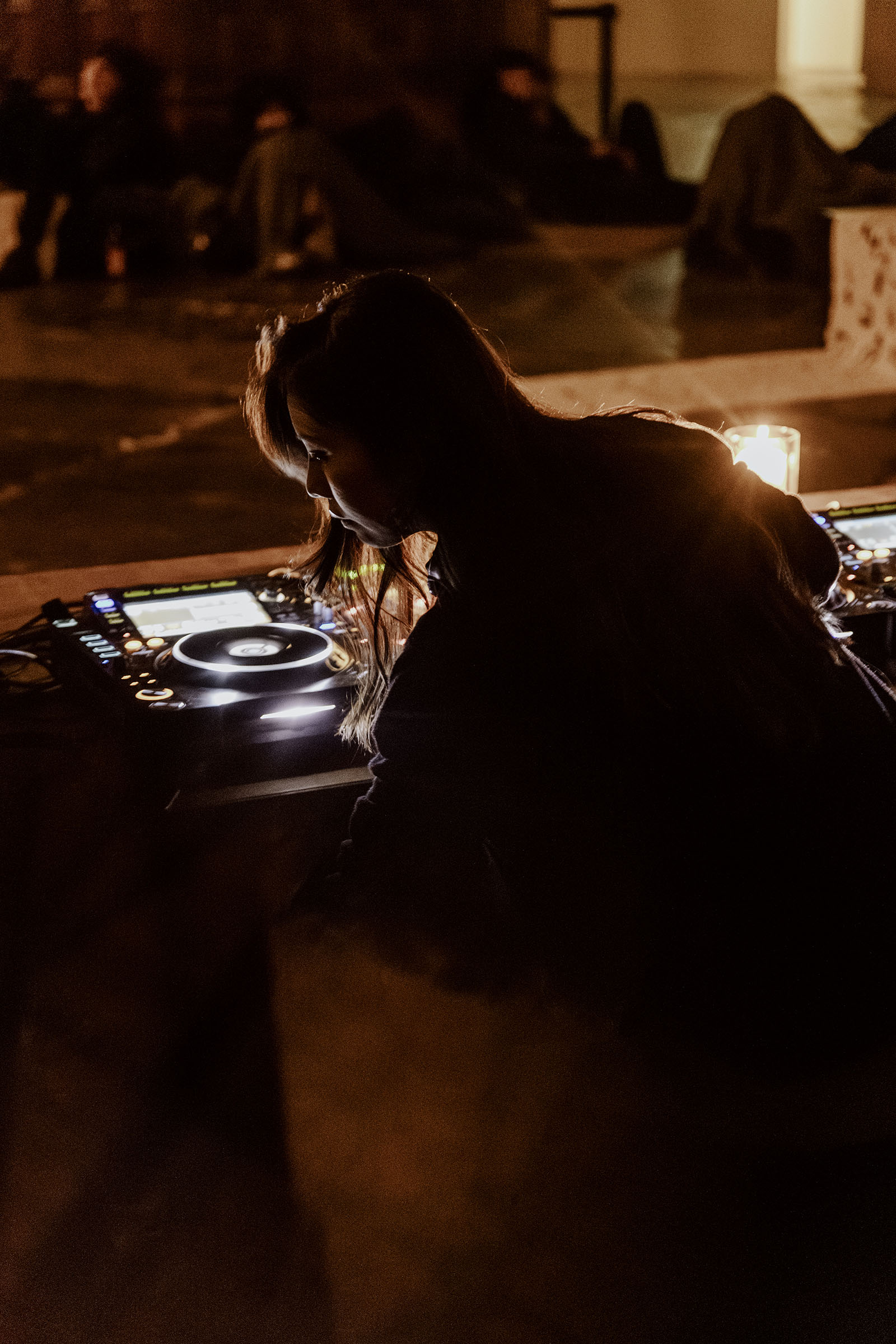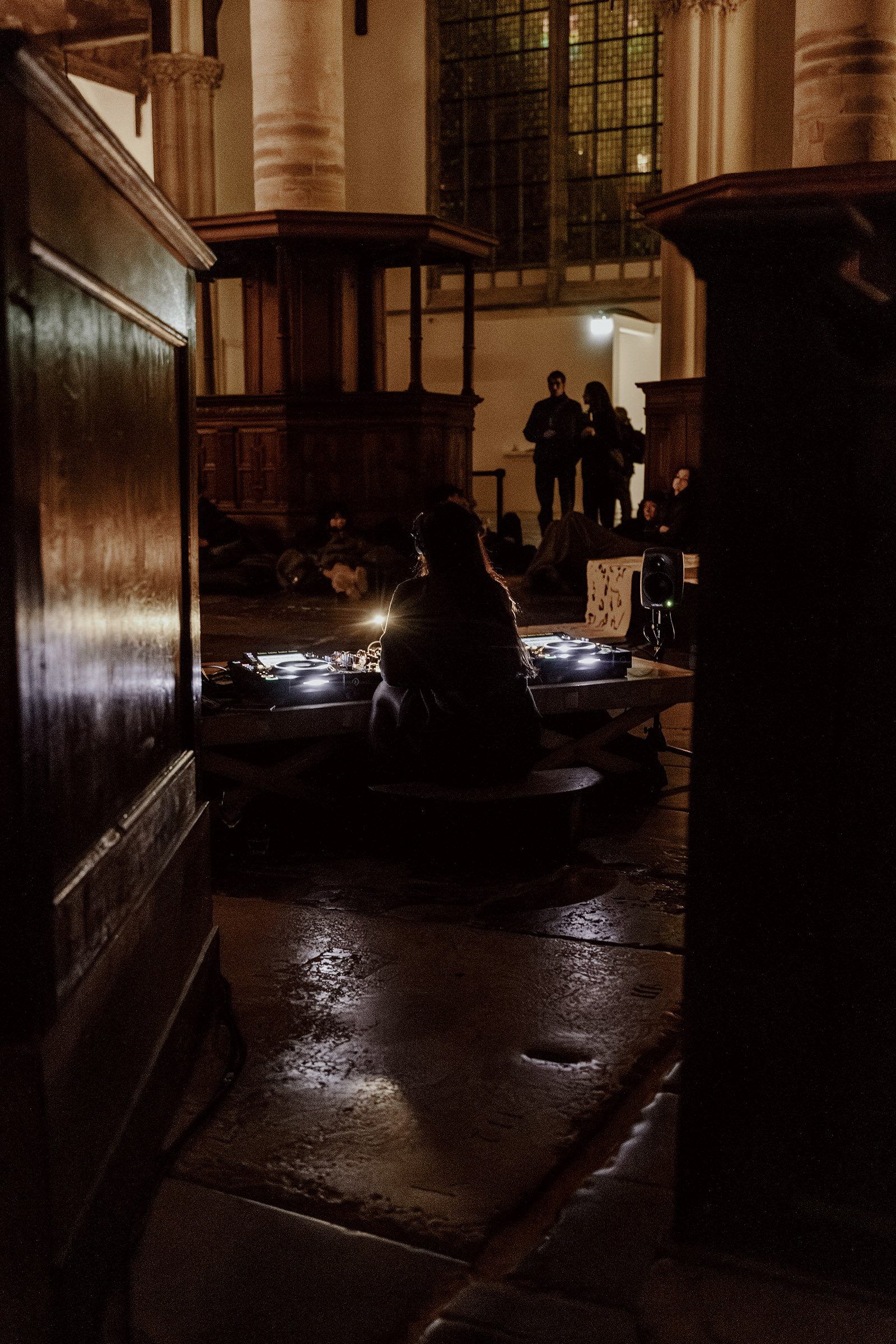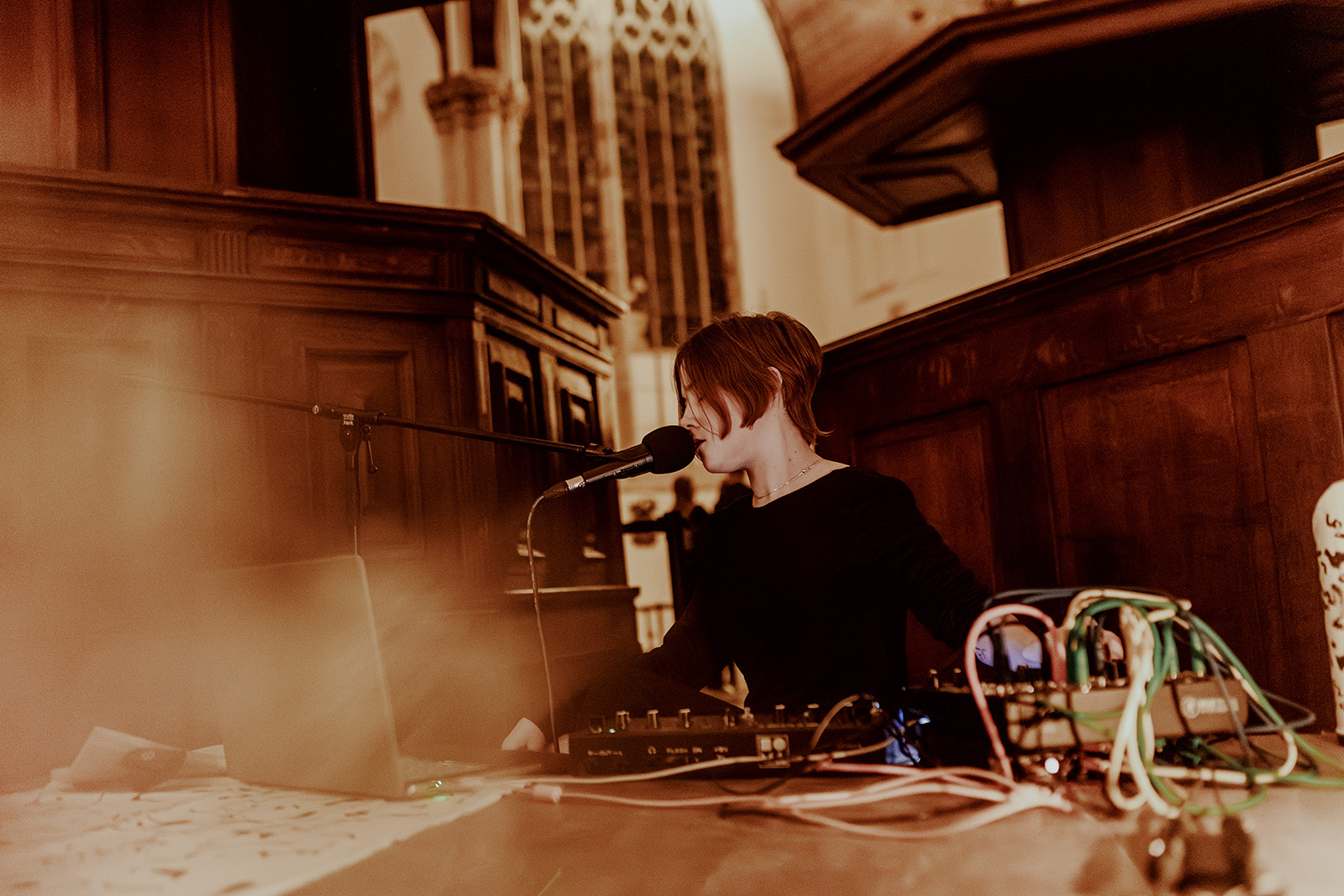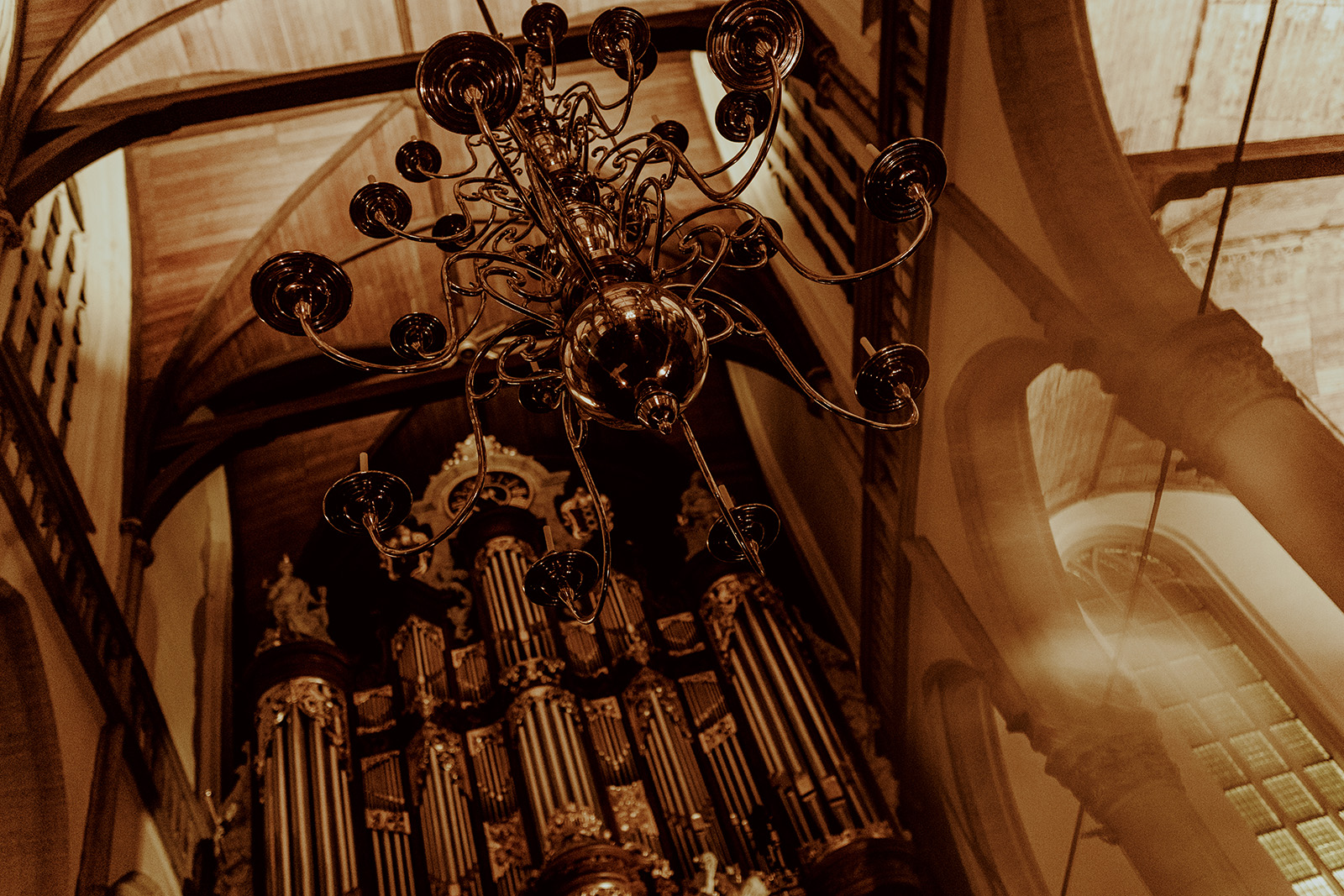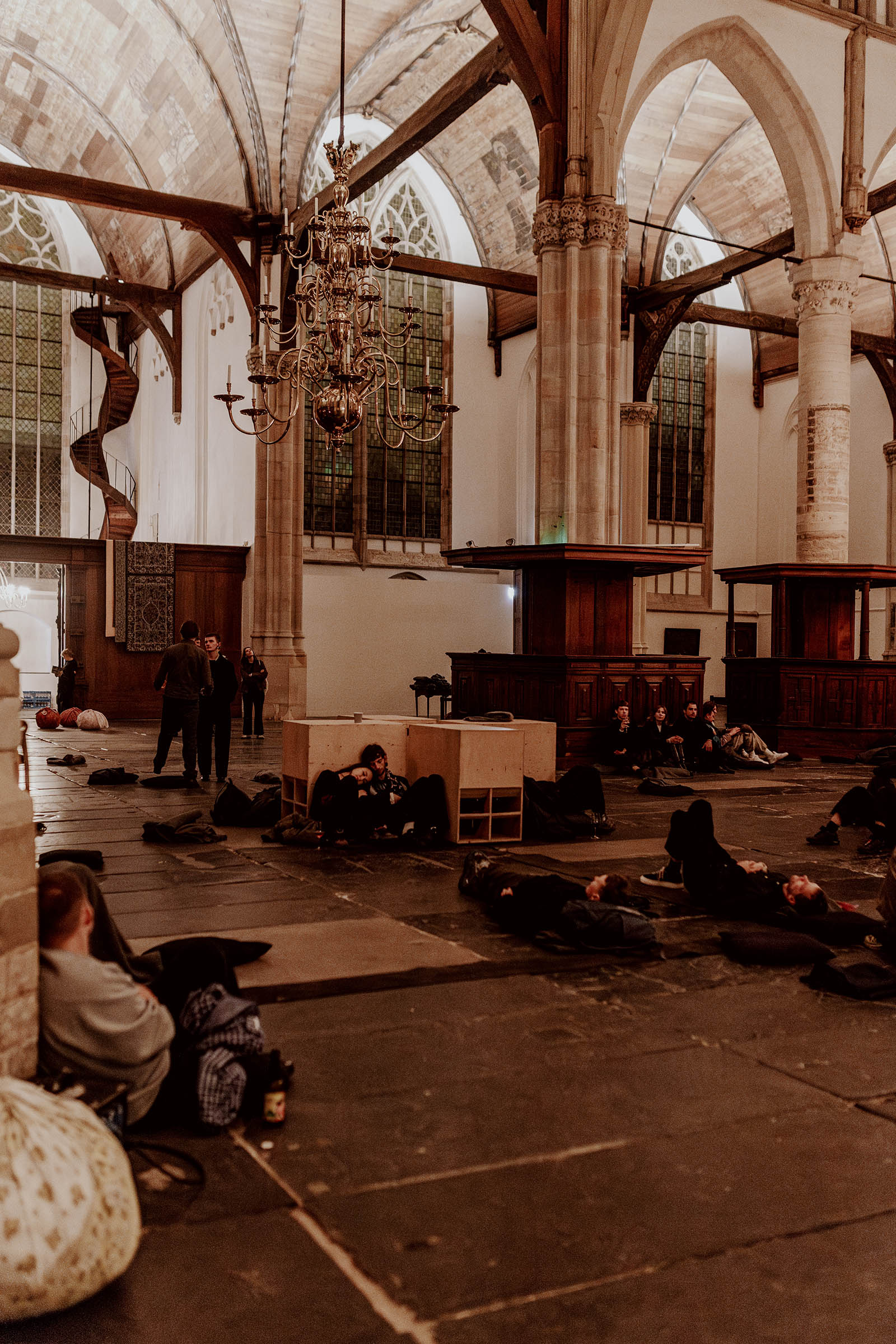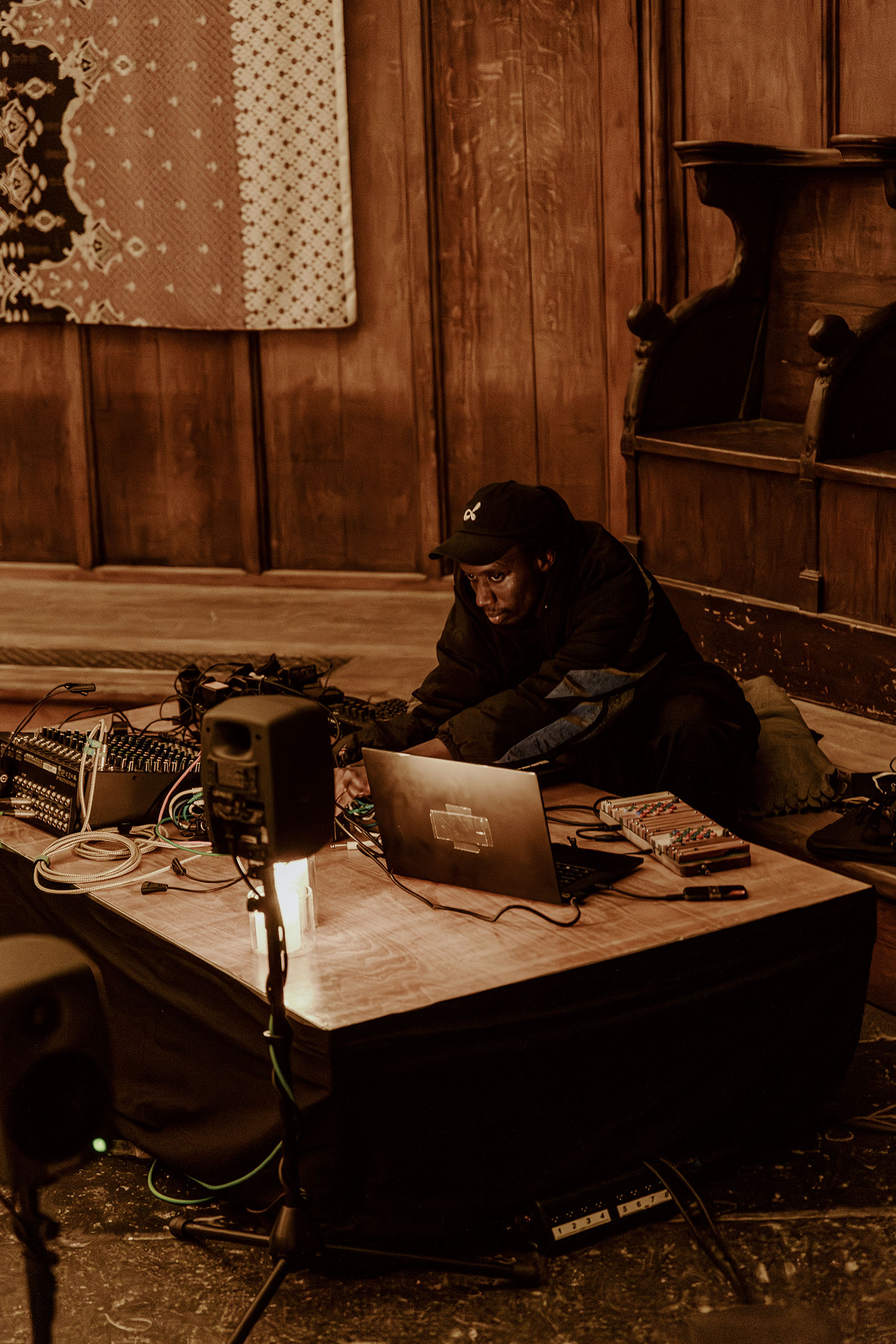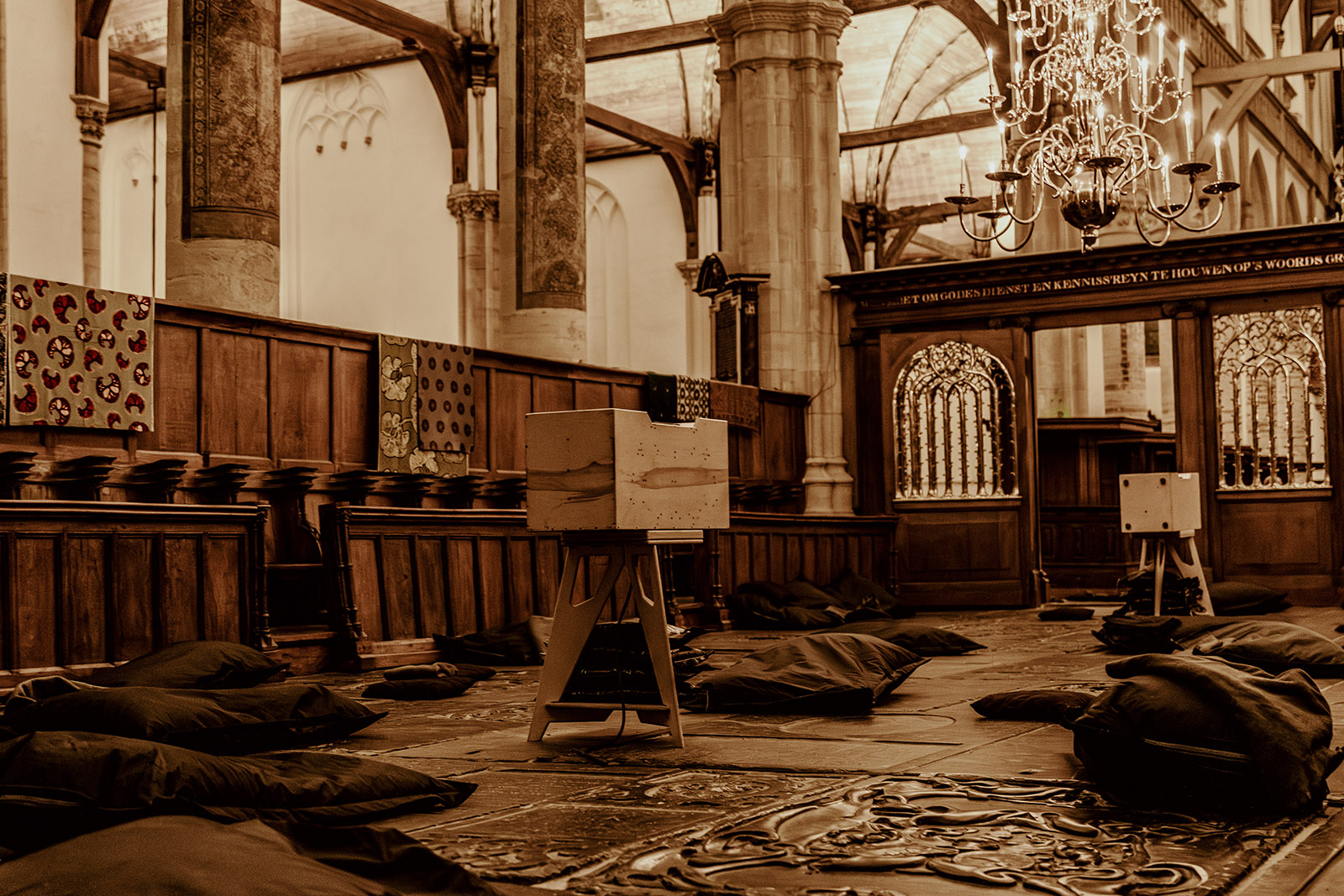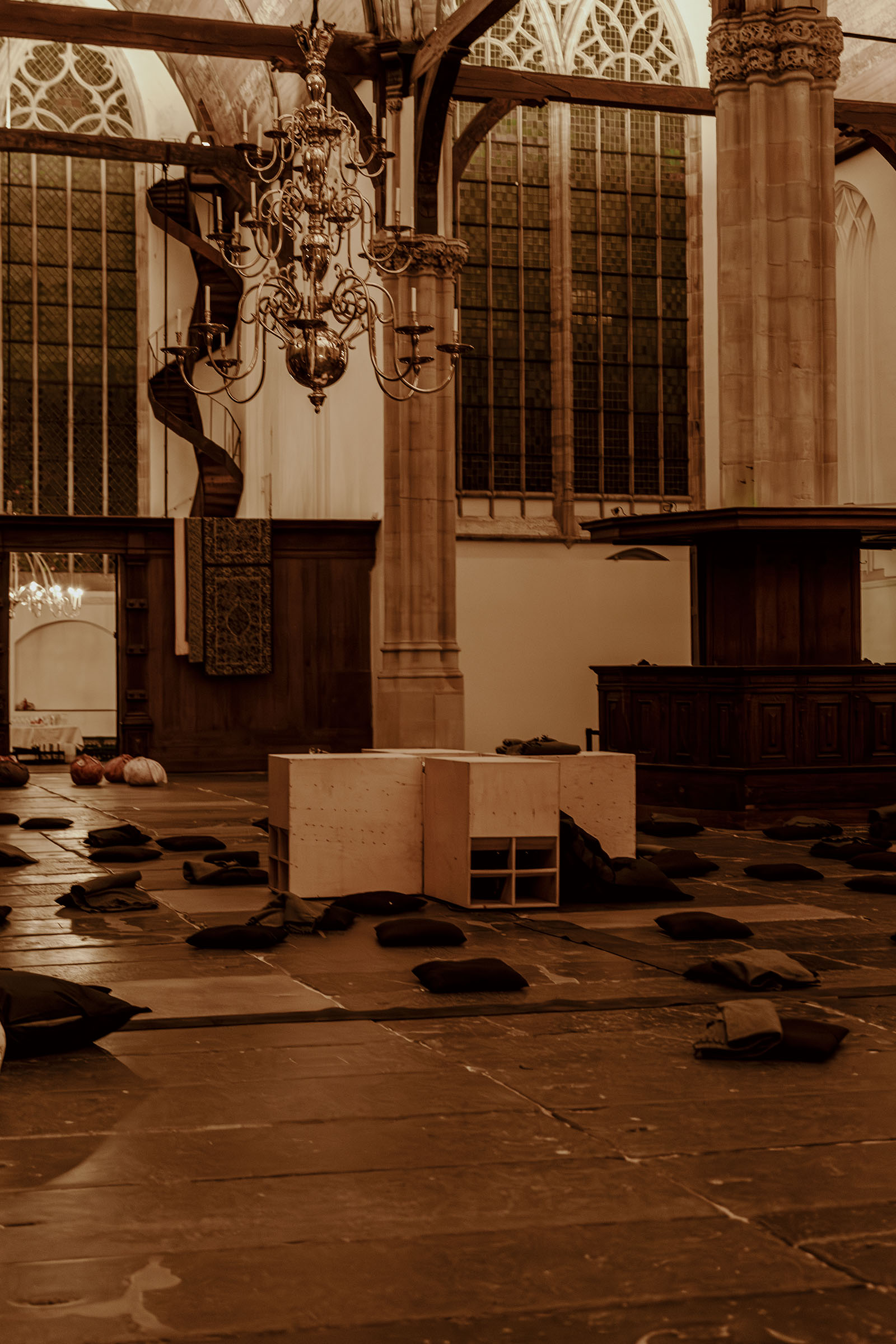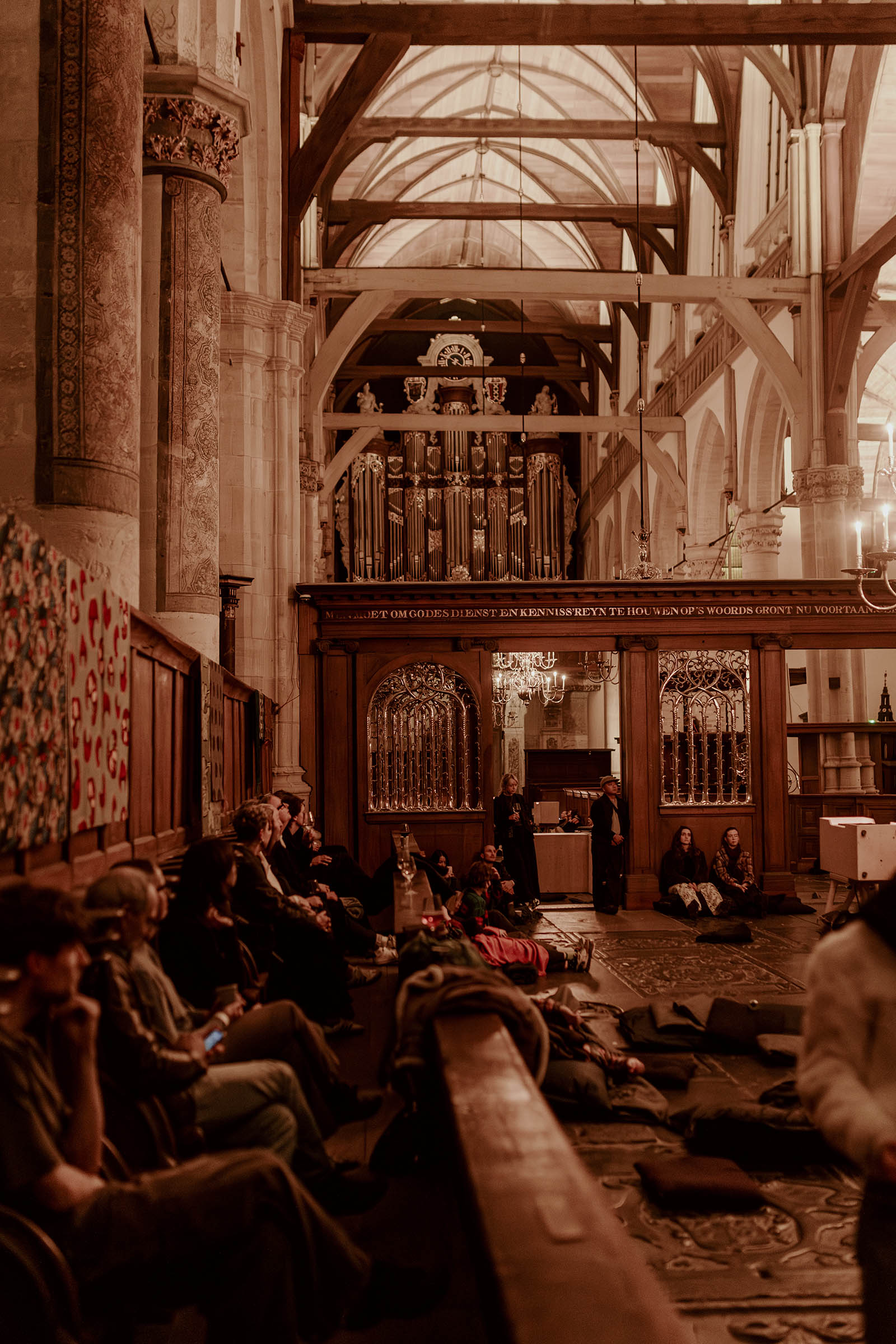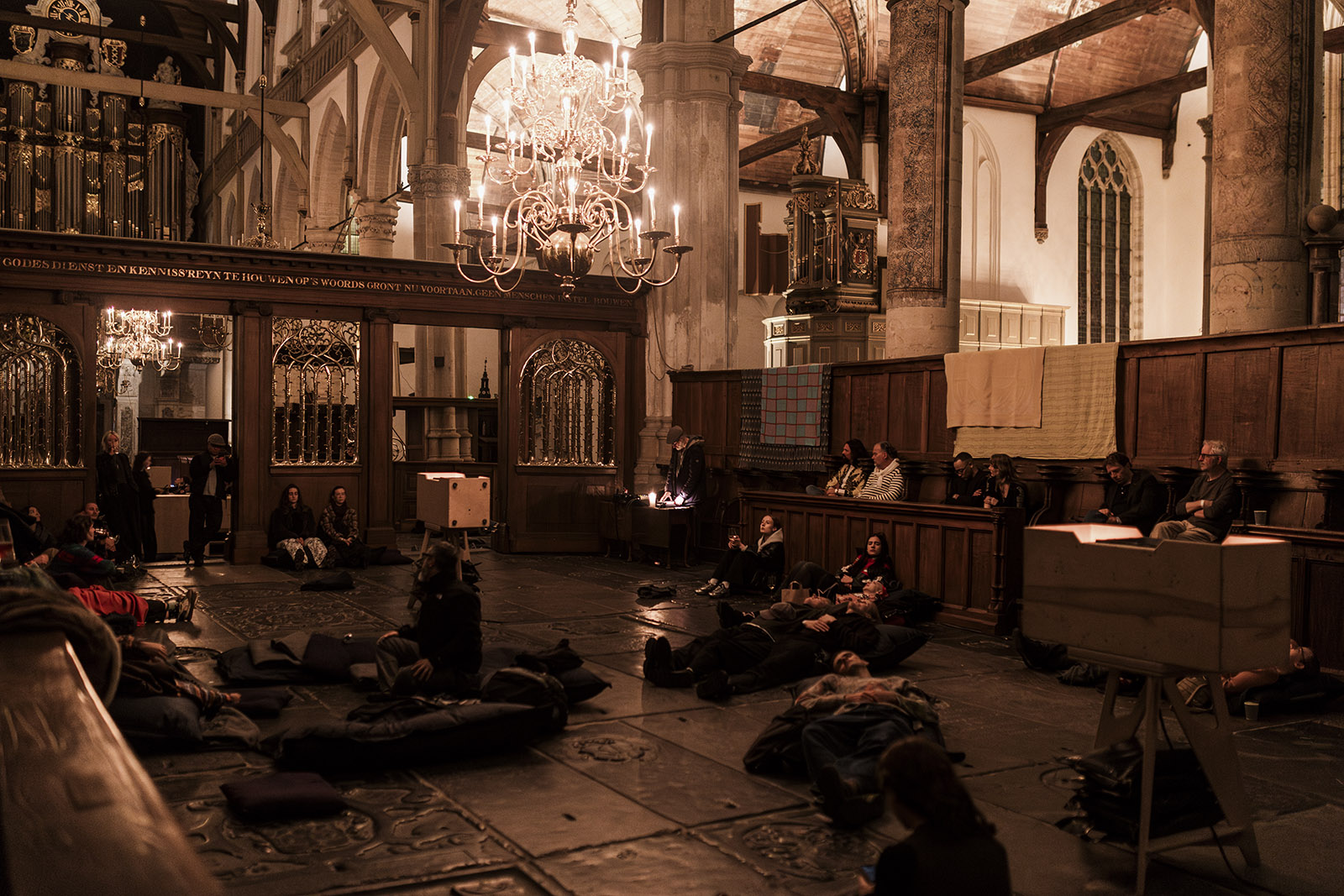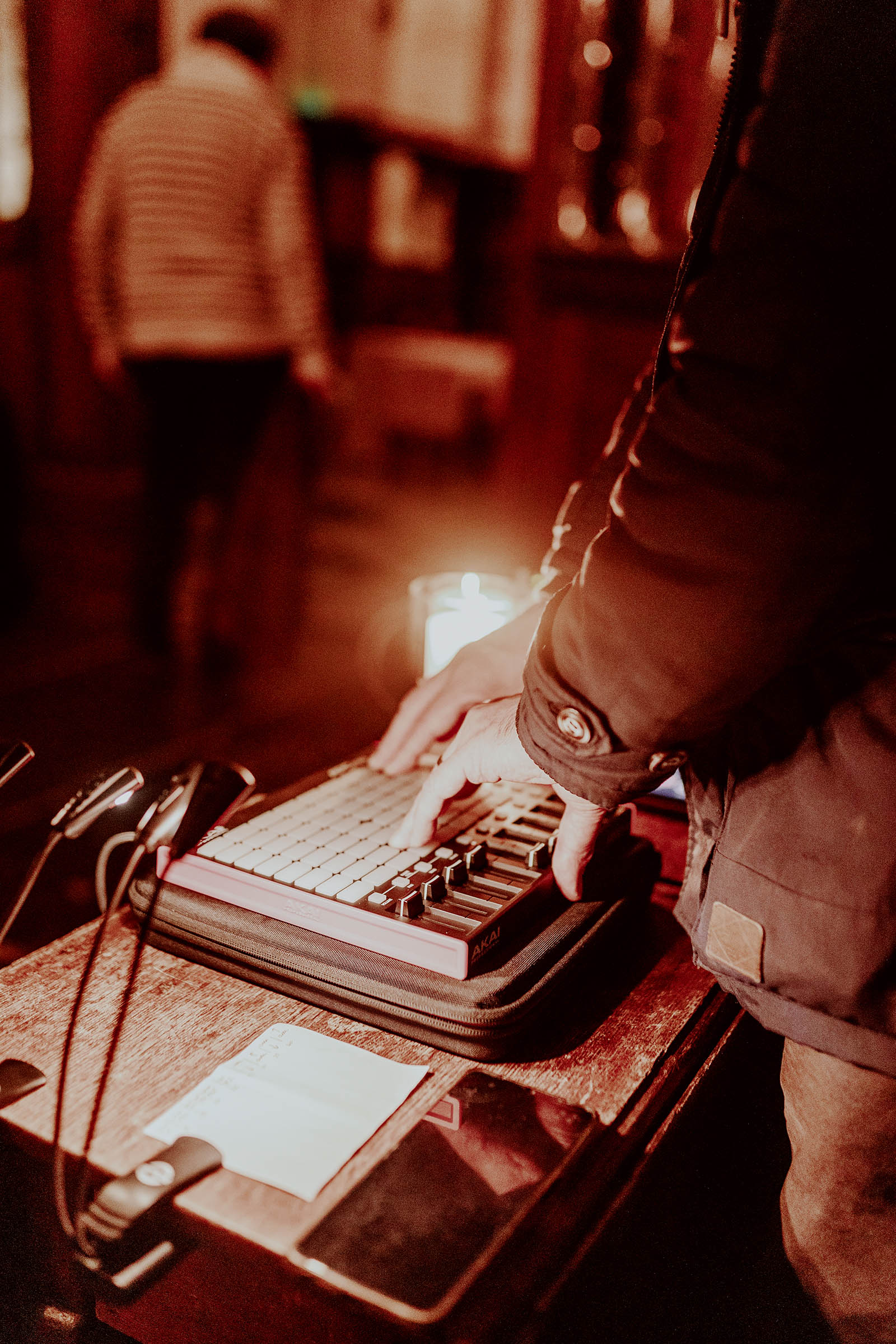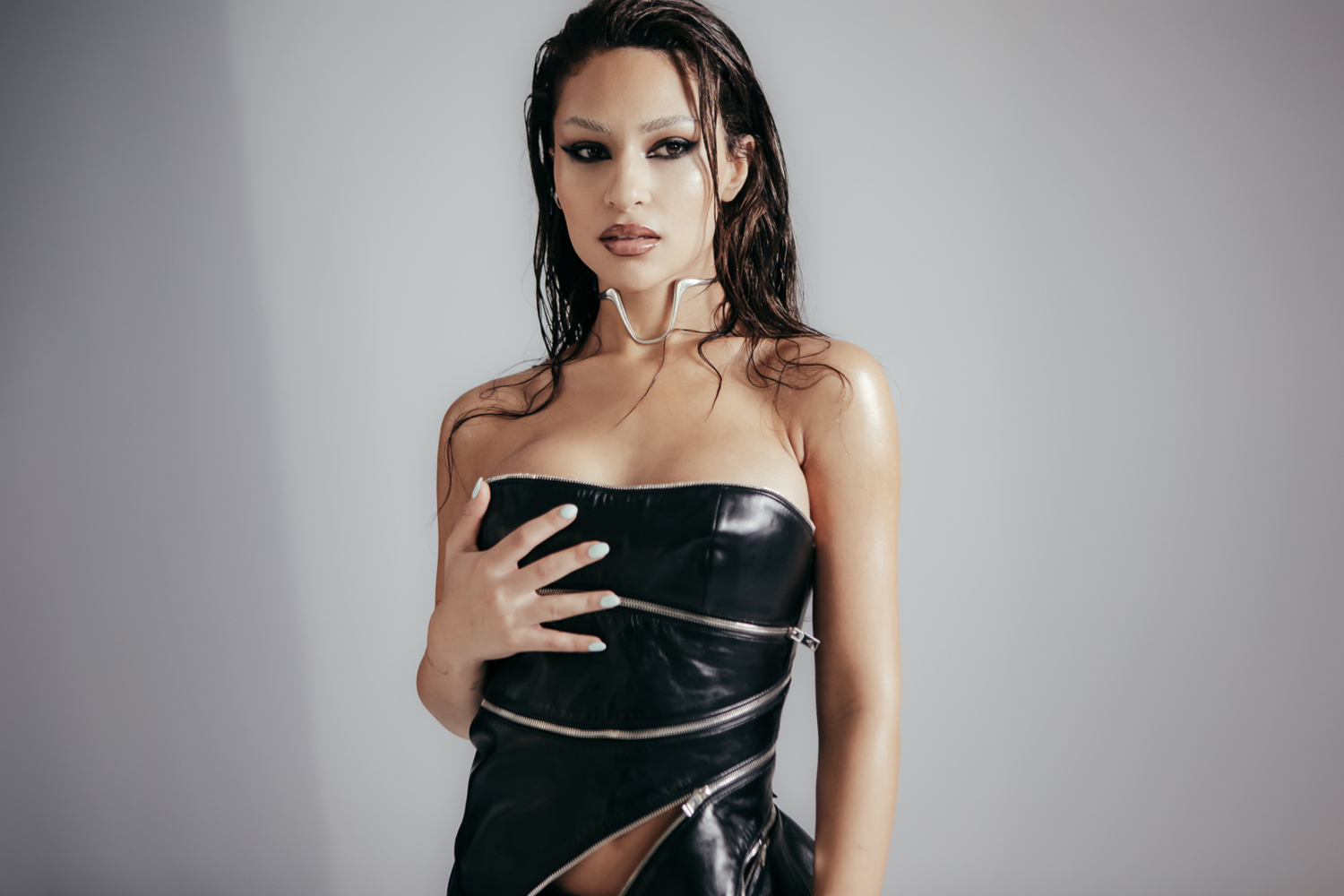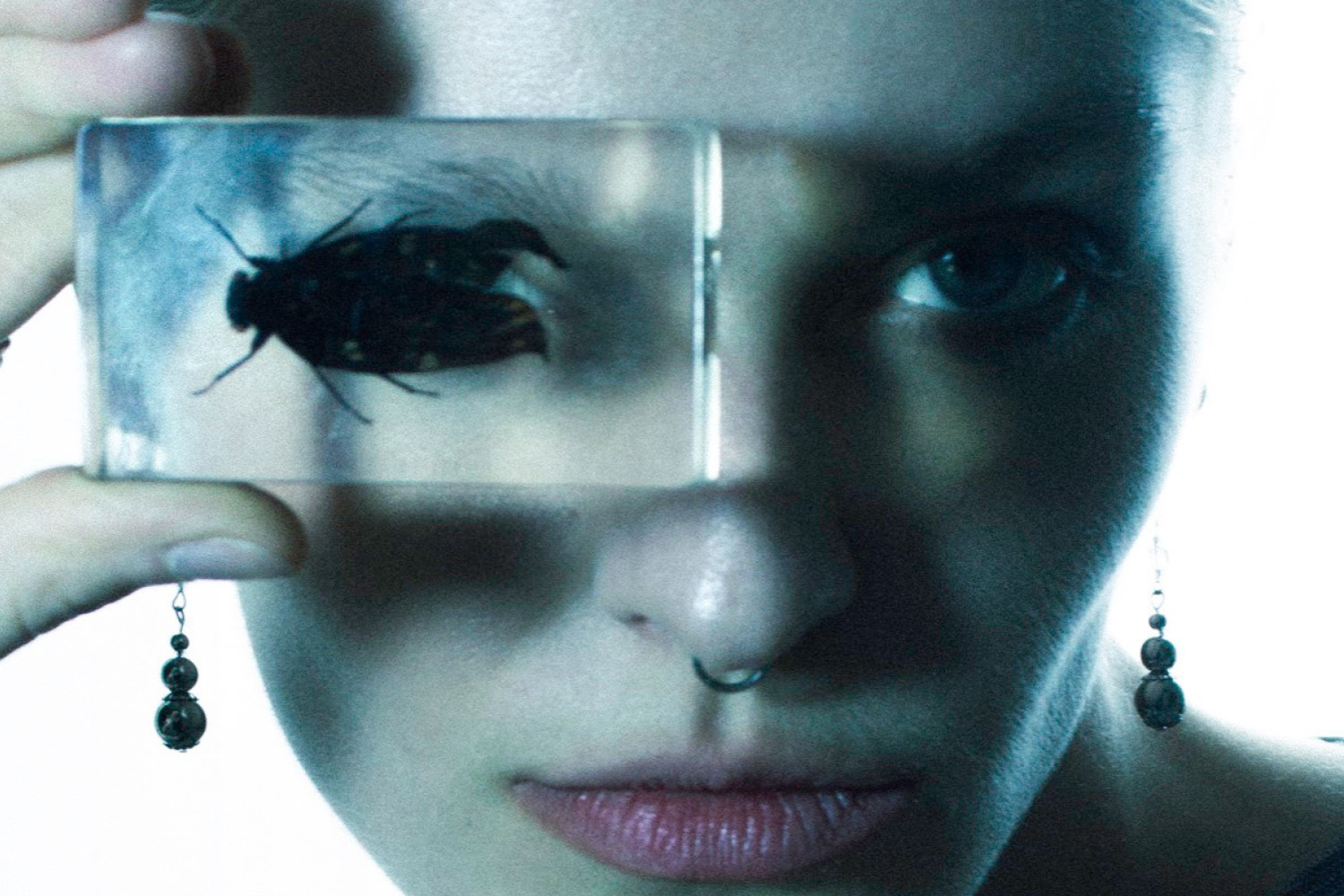Minimal Collective has become a space where sound, art and technology meet. Could you share how it all began, and what first sparked the idea to build a platform that moves between these worlds?
Minimal Collective became a space for more than just sound, art, and technology. It’s a hub where thinkers and makers from different perspectives come together – whether generational, cultural, or simply creative. Interdisciplinary at its core, we resist being confined by labels like music, art, or technology. It’s about everything that exists in the in-between spaces of creative culture. At its heart, Minimal Collective is a platform for research, editorial exploration, and events – but it’s also a philosophy of making. It grew from a need to bridge gaps that didn’t exist elsewhere. As a kid, I was sensitive to all types of stimuli – a resonance that found its way into music while growing up. I realized that music informs visuals, and visuals inform music. It’s a kind of hyper-awareness I still carry. When I first went to a club, I thought about architecture; at an exhibition, I wondered what sound could add. Other people around me – designers, writers, musicians, photographers – shared similar sensitivities and ideas. Minimal Collective emerged from this shared sense of interconnection and self-realization – something deeply honest we wanted to share with the world. There was never a single starting point; the idea has grown with us and continues to evolve. One of our writers once called Minimal Collective a living art project – and that description stayed with me. It is as much a living art project as it is a collective organization, sharing stories across sensory, intellectual, and philosophical layers. So yes, music, art, and technology are ever-present in our work – but technology is merely a tool and a connector, just as history or context can be. Ultimately, it’s about seeing from different edges of the spectrum and finding ways to bring them together. This approach can be seen as maximal-minimalism – a philosophy that became a red thread through my body of work, whether curating, creating, or building new concepts within our creative studio, Ozon Studio. In a way, I believe it’s a way of channeling our inner child – of finding play in work. That’s what art is about, right? Transcending the merely functional of our acts.
You describe this series as Post-Space. What does that idea mean to you, and how does it connect to the wider philosophy behind Minimal Collective?
Post-Space refers to what comes after our usual perception of space. What is a space to us? We believe that by bringing sound and art together in the right context, you can revitalize a space. This idea isn’t limited to historical sites like the Oude Kerk. At a natural location, music can create a completely new energy – perhaps inspired by the landscape, ecology, or biodiversity. In a gallery, sound can add another layer of storytelling to visual exhibitions. It’s a site-oriented listening experience that invites both the audience and listeners to engage with a space in new ways. You can see it as an ongoing dialogue of research and curation with a location. Artists are invited to create works inspired by the space, its acoustics, and its context. It’s as if they rewrite the story – or rather write the new chapter. Post-Space transforms how we perceive and define space by putting it in a new context. What comes after our perception of space? That’s the question we explore.
The Oude Kerk carries centuries of history and life. How does its weight, combined with the custom system by Kantarion Sound, shape the way you curate sound and transform perception within the space?
The Oude Kerk has its own story – it’s been standing since the 1300s. Such an imposing monument that you almost don’t feel the need to add anything. Working here is about collaborating with what’s already present: its history, materials, and shape. Luckily, the Oude Kerk team are experts in hosting art projects while preserving the building’s integrity. When Ivan Cuic (Kantarion Sound), Matteo Weigele (Creative Producer, Minimal Collective & Oude Kerk) and Orpheu de Jong (Music Curator, Oude Kerk) joined us for the first walk through the space, the natural acoustics were immediately apparent. Even a few people inside revealed long echoes and reverberations. After multiple visits – mapping acoustics, testing placement, adjusting volume – we settled on a line-array setup in the center, projecting upward toward the gallery rather than a traditional stage, letting the church itself guide the experience. Curation-wise, we approached Oude Kerk as a living archive. Contemporary musicians were invited to respond to its history and acoustics, whether in pre-production or live. Rehearsals, the organ, and even 3D scans of the building helped artists understand the space before stepping inside. We build carefully on elements from the 1300s – windows, stones, ceilings – all artworks reflecting the city’s historical wealth and power.
 https://www.nastymagazine.com/wp-content/uploads/2023/03/unfold_02.jpg
1600
1440
Editor Nasty
https://www.nastymagazine.com/wp-content/uploads/2015/02/new-logo-basker-WHITE4.png
Editor Nasty2023-04-05 13:13:312025-03-19 13:24:56Ryoichi Kurokawa / Synaesthetic Artfacts
https://www.nastymagazine.com/wp-content/uploads/2023/03/unfold_02.jpg
1600
1440
Editor Nasty
https://www.nastymagazine.com/wp-content/uploads/2015/02/new-logo-basker-WHITE4.png
Editor Nasty2023-04-05 13:13:312025-03-19 13:24:56Ryoichi Kurokawa / Synaesthetic Artfacts
